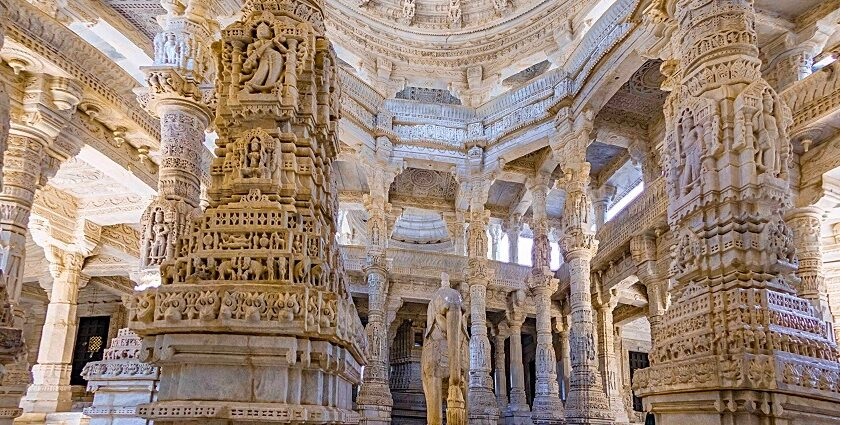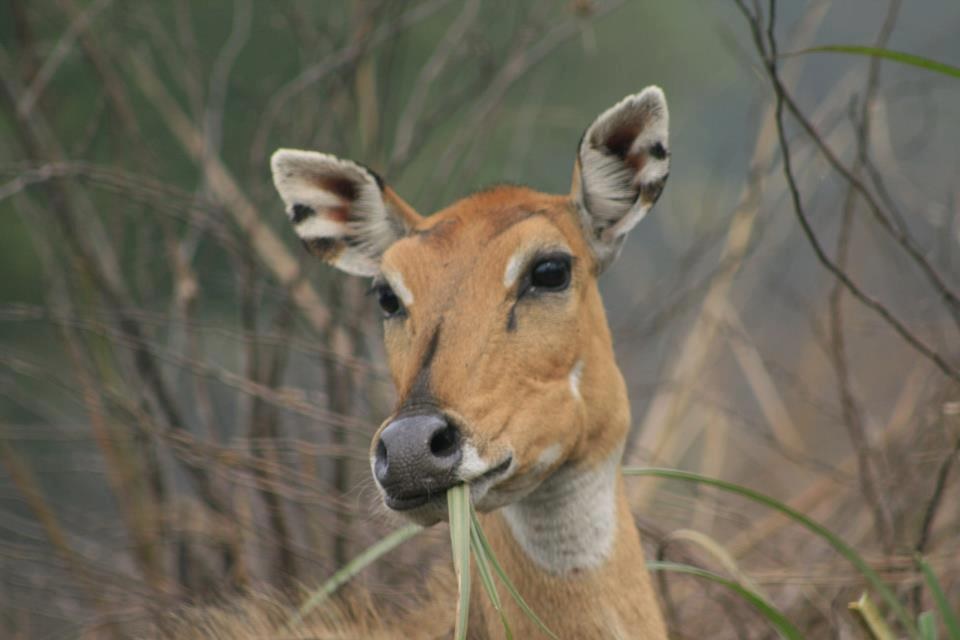Trekking in the Indian Himalayas: High snow-capped mountains, challenging mountain passes, icy glaciers, remote mountain villages, week-long trekking routes. As the highest of all mountains, the Himalayas region is probably the ultimate dream destination for extended mountain tours for trekkers and mountaineers.
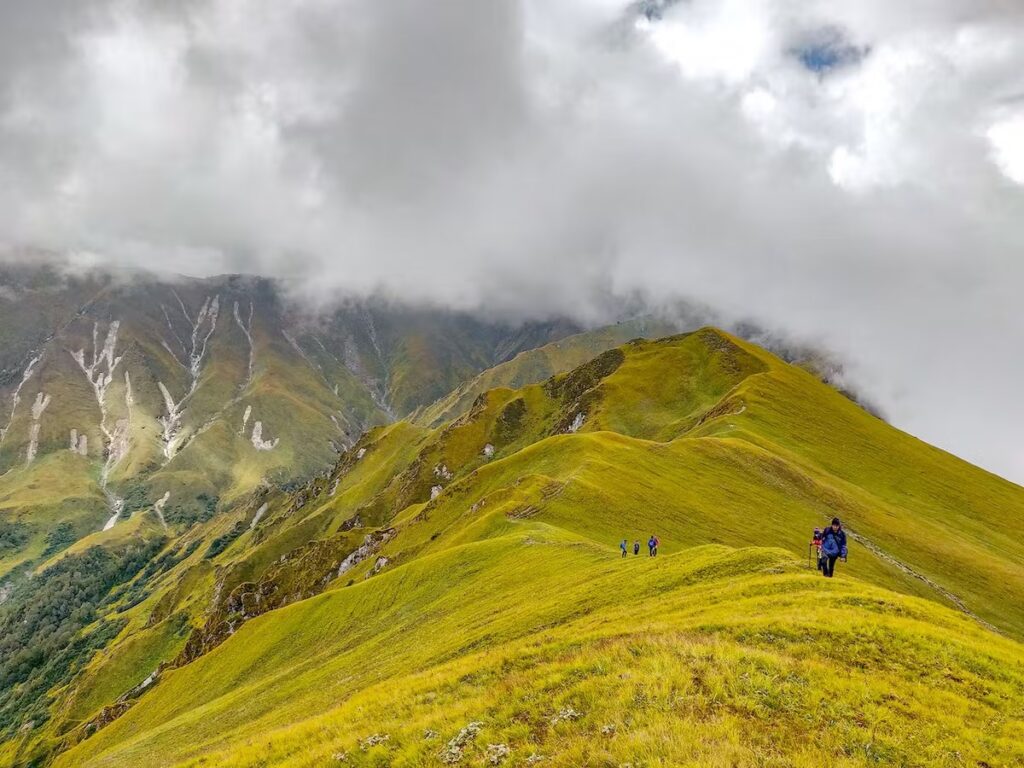
How Trekking in the Indian Himalayas ?
Anyone looking for a suitable trekking in the Indian Himalayas region will quickly end up in Nepal. But Nepal is no longer the top country for trekking tours. Admittedly, no other country has more than eight thousand peaks, and trekking classics such as the Annapurna Trek or the Everest Basecamp Trek will not lose their popularity.
But anyone looking for trekking routes off the beaten main hiking trails will quickly find themselves in India. Yes, you read that right! India is not only an excellent travel destination for cultural tours, yoga and Ayurveda retreats, or backpacker tours, but also still an insider tip for extended hiking tours among trekkers.
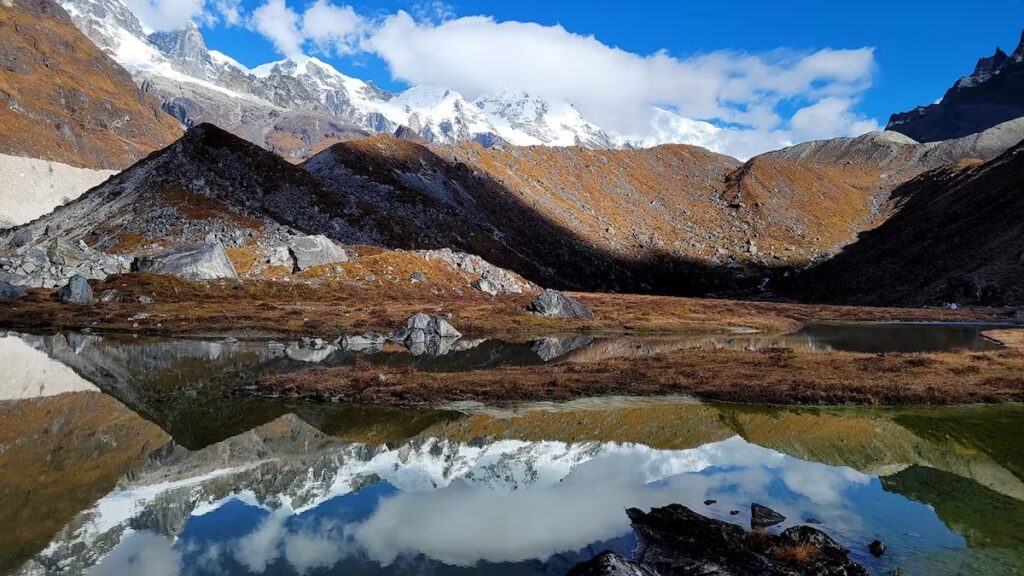
Many people don’t even know that India also has a share of the Himalayas. After all, the Himalayas are located between the Indian subcontinent and the Tibetan plateau. The “Great Himalaya Mountain Range” runs through India’s north through the regions of Kashmir, Himachal Pradesh, Uttarakhand, and further through the northeastern states of West Bengal, Sikkim and Arunachal Pradesh. If you go further north, to Ladakh, you have already crossed the Himalayas and are on the Tibetan plateau!
With the Kanchenjunga (8586 m), India shares one of the 14 eight-thousanders in the world with Nepal. India also has some impressive six- and seven-thousand to offer, including the Nanda Devi (7816), Kamet (7756), the Trishul (7120), the Shivling (6543), as well as the popular film “Meru” (6660 m ) the mountain of the same name gained fame (to name just a few).
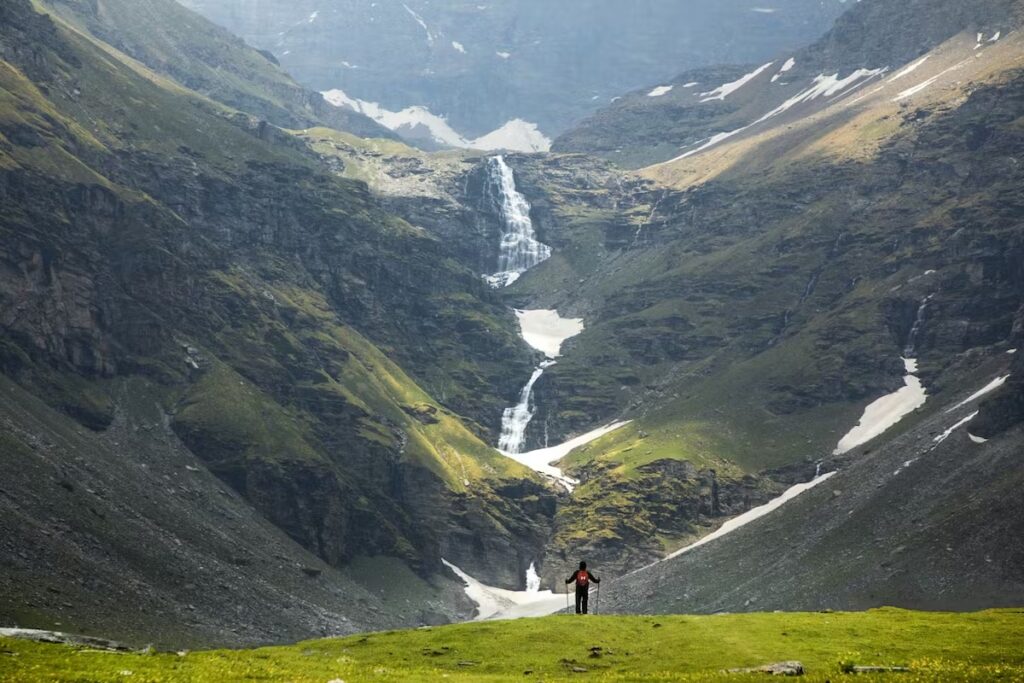
But these mountains alone do not make India the great trekking country that it is. No, it is much more the untouchedness and originality of the mountain world that can still be found here. Instead of large trekking groups, crowded teahouses, and streets, you just meet a few shepherds, sleep in self-built tents, and walk along paths where you can easily get lost without a professional mountain guide.
I’m not currently writing about the treks in the Ladakh region around Leh that are popular with European tour operators. This region is also beautiful, but unfortunately, like some treks in Nepal, it has fallen victim to mass tourism. Treks like the Markha Valley Trek or the “Great Zanskar Trek” are unfortunately overcrowded and have retained little of their former charm. Most trekking operators still only offer these two treks in India. India has so many more beautiful treks to offer!
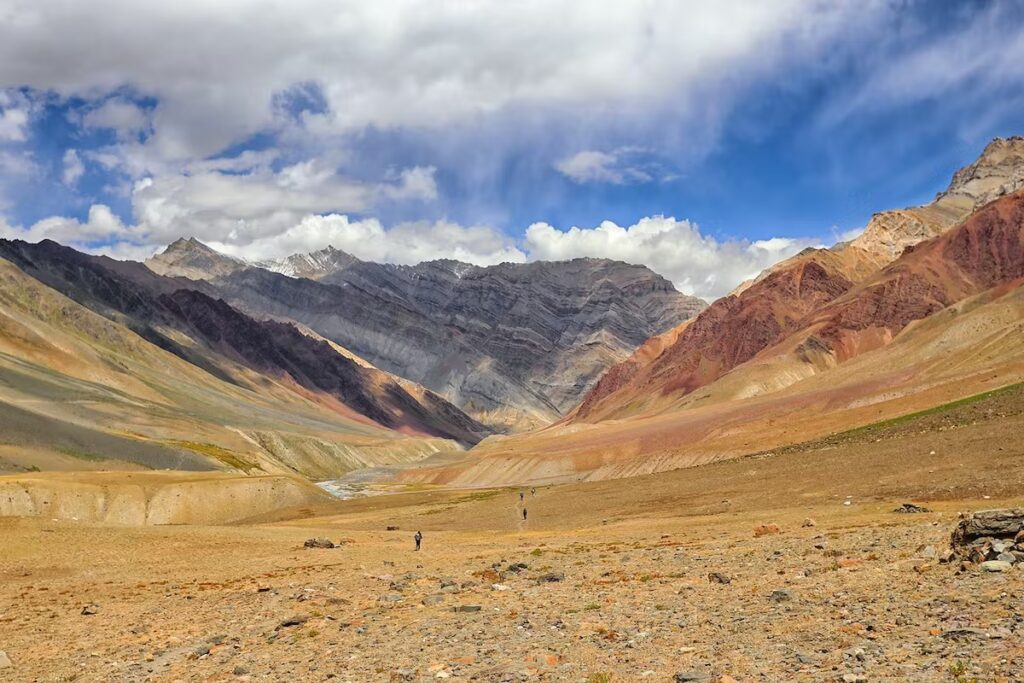
There is the nine-day Pin-Parvati Valley Trek, which leads from the green Kullu valley over the snow-covered 5,318-meter-high pass into the Buddhist high mountain region of Spiti. Or the twelve-day trek to the remote village of Bara Banghla, which can only be reached from Manali or Bir in the summer months via the two 4,600-meter high passes Thamsar and Kalihani. The five-day Indrahar Pass trek from Dharamshala to the Chamba Valley is also attractive, as is the seven-day challenging trek from Spiti Valley to the beautiful Tsomoriri Lake over the 5600-meter high Parang La! In addition to the longer and higher trekking tours, there are of course also shorter and easier beginner treks of two to four days to small mountain lakes, over lower passes, or to remote villages.

Yes, in India you can still find treks that exceed all previous expectations! Green coniferous forests, clear streams, rushing glacial rivers, snow-capped mountains, remote mountain villages, and challenging and high mountain passes. A Trekking in the Indian Himalayas is not easy and you can sometimes reach your limits, but the beauty of the lonely Himalayan mountains makes every effort worth it. And let’s be honest, you can only really enjoy a trekking tour once you have achieved a certain level of performance. Then it’s the small and big successes that count. Be it a new personal height, a successful river crossing, or spotting a snow leopard or bear.
In India, you don’t trek from the guesthouse to the teahouse. No, here you often don’t come across a single settlement for days, so it becomes necessary to travel with complete equipment and with a small local team, consisting of a mountain guide, porters or pack horses, and a cook.

We camp where there is water and eat whatever we can take with us on a tour lasting several days: rice, lentils, vegetables, Indian bread. If you come across a shepherd every now and then, you can buy milk, yogurt and even fresh goat meat!
It is also the community with the local team that gives a trekking tour in India added value. You spend days traveling together, getting to know each other, exchanging ideas, learning about different cultures and making friends!
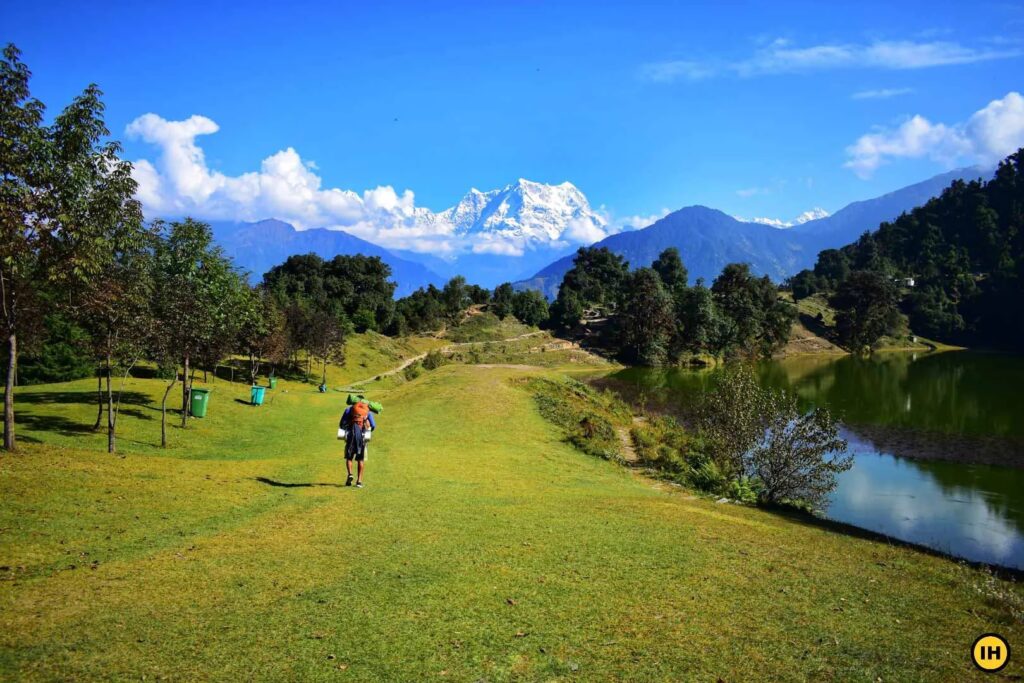
Especially when you sit together in the kitchen tent in the evening, drink hot tea together and help prepare the food, the boundaries between the guests and the Indians are almost gone and you are just one team.
A trekking tour in India creates a bond – with the mountains, the locals and with yourself!- Delighted Journey



